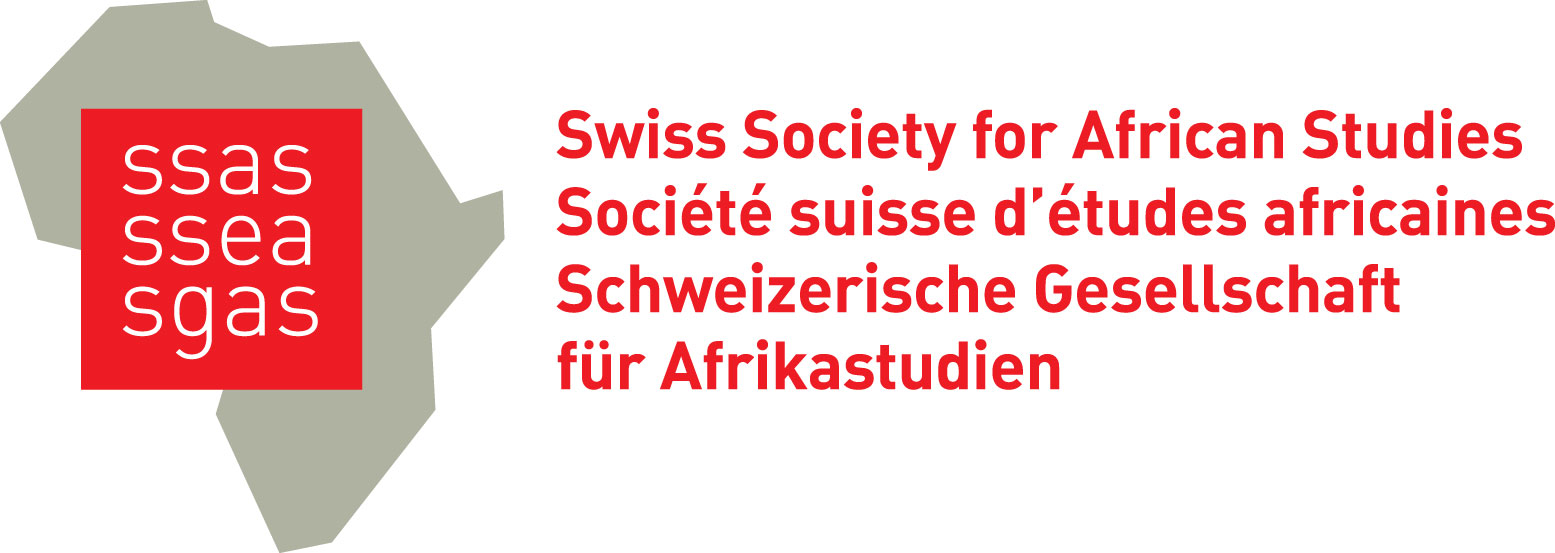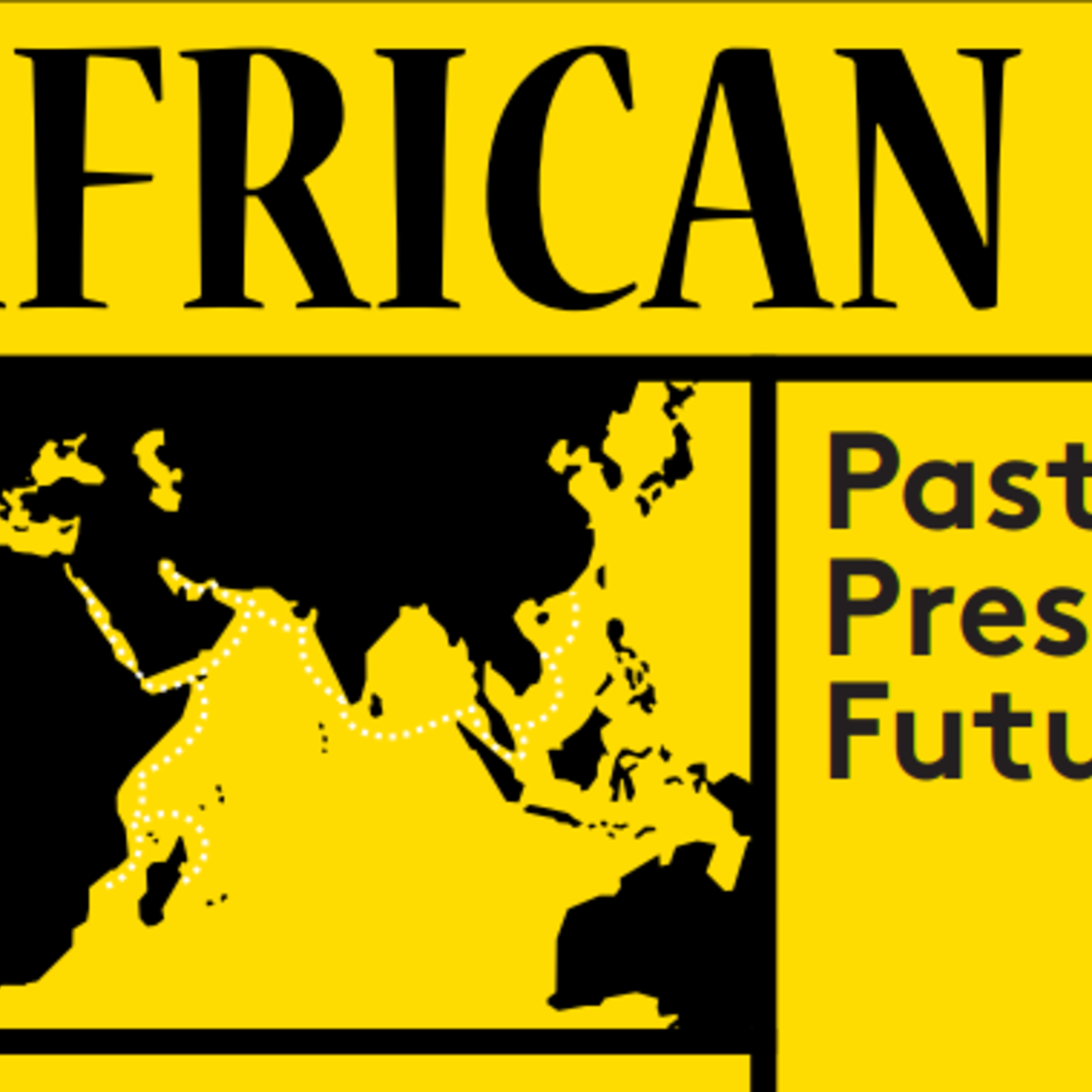As one of the last international meetings that took place on site before the pandemic, the World Society Foundation (WSF) Zurich convened a conference in 2019 at the shores of lake Neuchâtel, Switzerland, on “The Past, Present, and Future of African-Asian Relations.” Since, in the countries of the Global North, the scope and speed of change in the relations among the economies and states in the Global South is hardly felt and therefore only scantily observed, the new volume in the World Society Studies series presents a wide empirical spectrum of descriptive analyses of the “new dynamism” in African-Asian relations.
As “new dynamism” in African-Asian relations the editors understand “a significant increase in direct interactions between Africa and Asia in this century, as compared to the level of interactions in the 20th century and during the Cold War,”—“direct” meaning interactions not mediated through Western-led institutions such as the World Bank and the International Monetary Fund. Based on the analyses presented in the volume, the editors come to the conclusion: Yes, there is strong evidence for “a new dynamism in Africa-Asian relations, at bilateral and multilateral, local and regional levels, both in formal, institutional contexts and as informal practices. Asian and African countries have never, since the end of the colonial empires, been economically as highly integrated as nowadays. From trade to direct investment and resource-based infrastructure deals, we observe very dynamic processes that transform the core-semiperiphery-periphery structure that we knew from the second half of the 20th century. The new African-Asian dynamism marks a signum of our century.” (p. 14). A map of Africa combined with an Index of African countries, places, and institutions makes the volume easy to consult for country- or issue-specific questions.
The book contains a summary chapter of African-Asian relations from the beginning of the Common era (CE) into the 15th century by Philippe Beaujard, renowned French anthropologist and longtime historian of the world of the Indian ocean. As he shows, over these centuries, the Indian ocean constituted an integrated world-system which was—until the beginning of the 19th century—dominated by Asian economies. A series of comprehensible historical maps in this chapter make this world(s) accessible for non-historians.
The main focus of the book, however, is on the change brought to Africa / Asia by the rise of China. There are valuable and illuminative chapters on India's and South Korea's activities in Africa, but clearly China is the heavy weight and center of gravity of the ongoing transformation. China has also been attracting Africans first to Hong Kong, then to neighboring Guangzhou on the Pearl river, to where an estimated 20 000 to 100 000 people moved before the pandemic. One chapter analyzes the “interracial interaction” in the Southern Chinese trading hub during which “mafan” (Chinese for “trouble maker”) increasingly became the characterization of Nigerians, not only by many Chinese, but also as part of an African “intra-group Othering.” There are chapters on the “arrival of 'Made in China' in Burkina Faso” and on the current activities in the context of the Belt and Road Initiative (BRI), with a focus on Angola, Ethiopia, Ghana, Guinea, Tanzania, and Central Africa—the question is pressing: Are we witnessing a new “specter of White Elephants”?
While many chapters have a bilateral focus, e.g. on the China and Côte d’Ivoire cooperation or Zimbabwe’s re-engagement policy, the volume does also look into the regional dimension of Sino-African development cooperation, and into the role that the Forum on China-Africa Cooperation (FOCAC) plays. China sees the African Union (AU) as having a “leading role in resolving African issues,” and, for that purpose, generously built the new AU headquarters in Addis Ababa, Ethiopia. However, in terms of development aid, can China be characterized as a “rogue aid donor” in Africa? The analysis in the volume finds this to be unjustified, but describes undesirable “side effects” that might lead to a local rise of corruption and nepotistic aid allocation. The latest volume in the World Society Studies series published by the World Society Foundation (WSF) offers a wide spectrum of analyses, calling for more interdisciplinary exchange and in-depth research on the “new dynamism” in African-Asian relations.
Patrick Ziltener and Christian Suter (eds.): African-Asian Relations: Past, Present, Future; World Society Studies; Münster, Berlin, Vienna, Hamburg, London, Zurich 2022 (LIT-Verlag).

